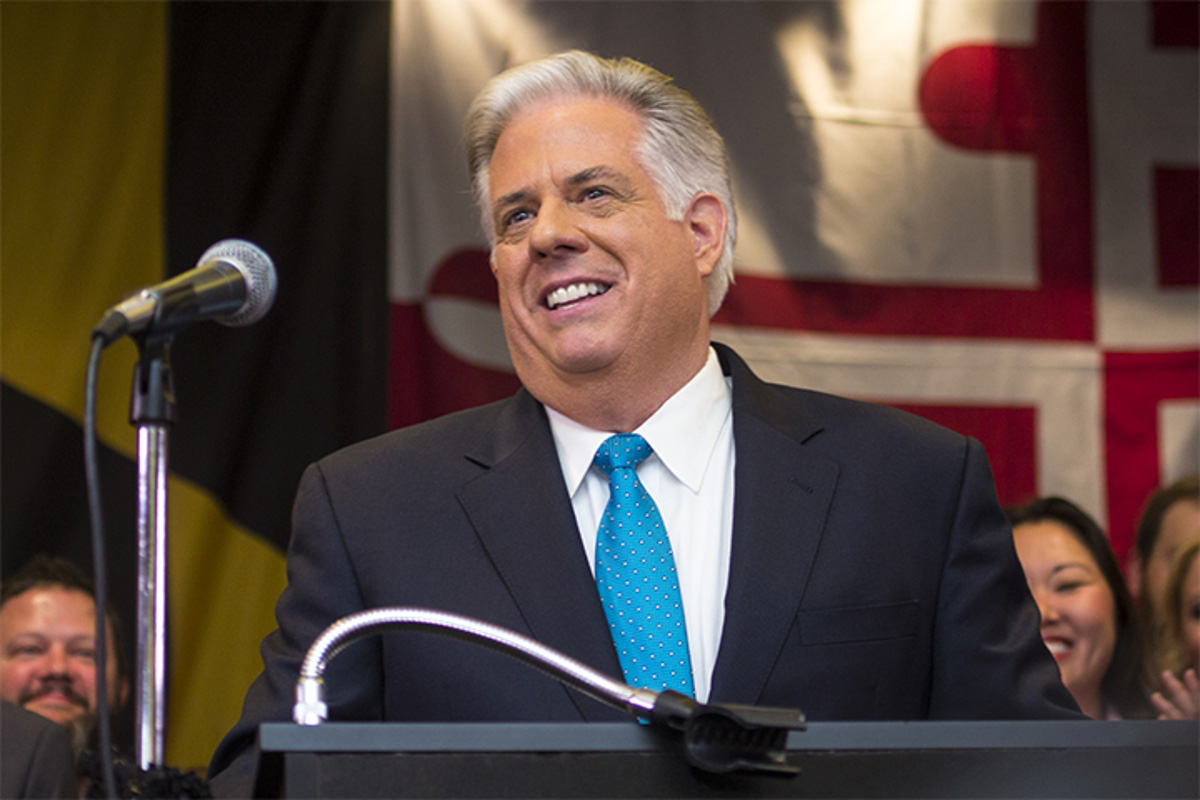Views expressed in opinion columns are the author’s own.
In January, Gov. Larry Hogan released his budget proposal for fiscal 2019. Under this budget, tuition increases at Maryland’s public four-year schools would be capped at 2 percent. While this may seem like a good thing, as it puts a limit on tuition growth, it actually avoids addressing the underlying problem: For many Maryland residents, the cost of college has become entirely unaffordable, despite the growing necessity of a college education. The tuition increase cap is like a small band-aid on a massive wound — it may slow the rise in unaffordability, but it will never stop it.
[Read more: UMD’s in-state tuition would continue to rise under Larry Hogan’s proposed budget]
Nobody expects college to be cheap. To have nice facilities, knowledgeable professors and a ton of resources for students, a lot of money is required. I know that my Eppley Recreation Center access isn’t actually free, and that McKeldin Library needs funding and staff to be open nearly 24-7.
My education is worth a lot in terms of resources, time and manpower, and I understand the money for that has to come from somewhere. But it shouldn’t necessarily be from the pockets of students.
[Read more: Gov. Larry Hogan wants to cap tuition increases at University System of Maryland schools]
Minorities in particular are disadvantaged by high tuition. In 2017, the Federal Reserve reported that black and Hispanic individuals were far more likely than their white counterparts to be behind on loan repayment, and the think tank Demos published research in 2015 that found “black and low-income students borrow more, and more often, to receive a bachelor’s degree, even at public institutions.” For women, high levels of student loan debt mean repayment is often slower than their male counterparts because of the wage gap that develops within a year after graduation.
Consider also the ability of economically advantaged students to participate in unpaid internships that aren’t feasible for students who must spend their time working to fund their education. Students who cannot pay tuition out-of-pocket suffer from a handicap that shouldn’t exist in the first place.
The rising cost of college divides students. Those with the financial background to afford high tuition out of pocket don’t face the same struggles as students who rely on loans and scholarships. The higher tuition gets, the greater these divides will become. The ultimate solution is to drastically reduce the burden of tuition, perhaps even making it so that students need not pay it at all.
Hogan’s plan of placing a new tuition cap with every budget won’t cut it anymore; Maryland must do more than set a maximum on the amount it bleeds out from students trying to improve their lives. We need to consider exploring alternative options, such as the tuition-free college plan proposed in November by Maryland state Sen. William C. Smith Jr (D-Montgomery).
Smith wrote a piece in The Baltimore Sun detailing a plan that would eventually allow any Maryland resident admitted into any University System of Maryland school to attend tuition-free. The plan would see the establishment of a fund, or “quasi-endowment,” that would be specifically earmarked for in-state students’ tuition. In Smith’s vision, the money for the fund would come from “an initial transfer from the USM fund balance, private funds raised from the 12 USM institutions, and the general fund of the state of Maryland.”
While the plan may sound expensive — and I’m sure it would be — it would also be worth it. Think of the number of bright students who would elect to stay in-state for college and raise the profile of Maryland public education. The millions of dollars that would be spent in local economies once students and their families are able to save instead of devote exorbitant sums to schools, and the number of prospective students who will be inspired to attend college because of its affordability.
Smith’s dream doesn’t just have to be of the pipe variety: If we begin erecting an endowment like this one now, in just 10 or 15 years we could well be on our way to providing free public higher education to Maryland residents. We could be the flagship state for affordable education, and raise the profiles of our colleges in the process. This is the Maryland I want to live in — not one that thinks price-capping the maximum rise in tuition is sound economic or education policy.
Caitlin McCann is a sophomore communication major. She can be reached at caitlinmccann32@gmail.com.



